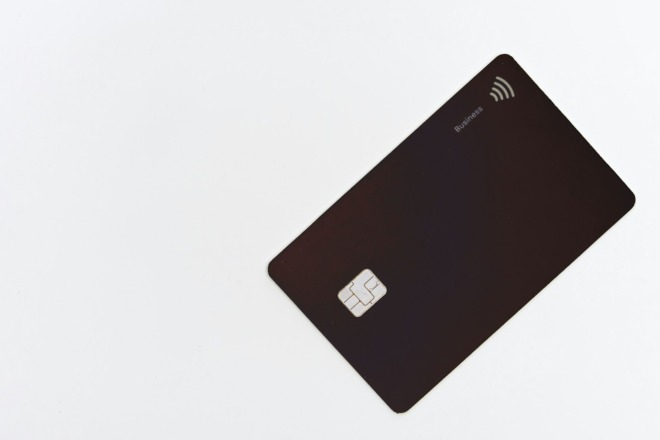You poured hours of innovation and creativity into building a new product. Now, it’s time to launch your amazing thing into the world and you may feel a bit uncertain about where to start. Gaining momentum when people have never heard of you isn’t easy, but there are some things you can do to ensure you have the best odds possible.
The United States Bureau of Economic Analysis showed a continued recovery post-pandemic with an annual growth rate of 6.4%. With growth comes more competition and additional product launches. If you want to stand out from the crowd, you have to know your industry inside and out and hit the high notes in your marketing efforts.
What is the best way to launch a new product? There are many schools of thought about what works and what doesn’t. A lot might depend on the niche your product falls into. Let’s look at some of the elements impacting nearly any type of new product. Try different tactics until you land on the ones working best for your business.
1. Know Your Customer
Understanding your customers’ pain points and what type of marketing they respond to is crucial to a successful product launch. The audience you thought was meant for your product may be different in the end, depending upon what features your item provides and what problem it solves.
Take the time to dig into market research. Study the demographics and psychographics of your typical customer. What emotions drive them to buy a new product? What is their price point? Gather as much data as possible.
2. Choose a Display
Research shows a little over 80% of buying decisions are made while in a store. The way you display your product makes a difference in how much traction it gets. How are similar products displayed?
Choose a shape that fits on store shelves or stacks in your standing display. Make your item stand out with bold colors, letters and some variation from the hundreds of other items surrounding it.
3. Understand Your Market Position
Outline the features of your product and compare them to similar items in the marketplace. What is your unique value proposition (UVP)? Why should customers buy your brand over others?
If you’re going up against some heavy hitters, you may need to find unique marketing methods as you won’t be able to outspend them. Look at where your target audience hangs out online and in person and come up with some demonstrations or other outlets to get the word out.
4. Set a Release Date
You could work on your product launch for months without ever getting your inventory into consumers’ hands. Allow enough time for marketing and delivery to stores, but set a reasonable date that doesn’t allow for procrastination.
There isn’t a specified time frame, because every kind of product is different. Food and beverages may need less time than a new skincare line, for example. Look at what others in your industry do to announce their upcoming product releases, and you’ll have a good idea of a timeline for your own release.
5. Open a Digital Store
Many people prefer to shop online, so you’ll want to release your product in your digital store, too. Although the number varies a bit, e-commerce grows around 27.6% a year. Tapping into online sales gives you a chance to create recurring orders and build a mailing list of targeted prospects.
Your online store should reflect your brick-and-mortar one. Make sure you use brand color palettes, fonts and images. Each time the user encounters your brand, they should get a similar message.
6. Line Up Payment Methods
How will people pay for the product? Your online store should take third-party payment options, such as PayPal and Stripe. If you sell direct to consumers, you’ll need different methods than if you place items in stores.
If you use a third-party distributor, how are payment terms set up? You can choose cash on delivery, 30-day net and so on.
7. Coordinate Marketing and Sales
Your sales team likely has some specials planned for the launch. Coordinate with marketing and sales to make your target audience aware of special promotions. Ideally, you’ll send similar messages across multiple channels. Wherever the user encounters your brand, they should see the same offers.
Start marketing well before the product launch. One idea is to create a magnet, such as a bonus offer or special discount for those who share their email address. You can then reach out when the item is available and remind them of the limited time discount.
8. Prepare Your Team
No matter how much time you spend prepping for your launch, you can be certain there will be one or two issues. Spend time training your team how to handle any problems, whether it’s a snafu with the online ordering system, delivery gets delayed or something on the product breaks.
Teach your staff to be customer-centric. Give them the flexibility to creatively solve issues as they arise. With a little foresight, you’ll overcome any obstacles and hit the ground running on launch day.
Manage Your Project
The key to a successful product launch often boils down to organization. Have one person in charge of the project to keep an eye on all the moving pieces.
Train employees to fix things and mark them off in project management software. If everyone works as a team, you’ll have the launch of your dreams. Your product will fly off store shelves.
As an Amazon Associate, Designerly may get commissions for purchases made through links in this post.
About The Author
Eleanor Hecks is the Editor-in-Chief of Designerly Magazine, an online publication dedicated to providing in-depth content from the design and marketing industries. When she's not designing or writing code, you can find her exploring the outdoors with her husband and dog in their RV, burning calories at a local Zumba class, or curled up with a good book with her cats Gem and Cali.
You can find more of Eleanor's work at www.eleanorhecks.com.


